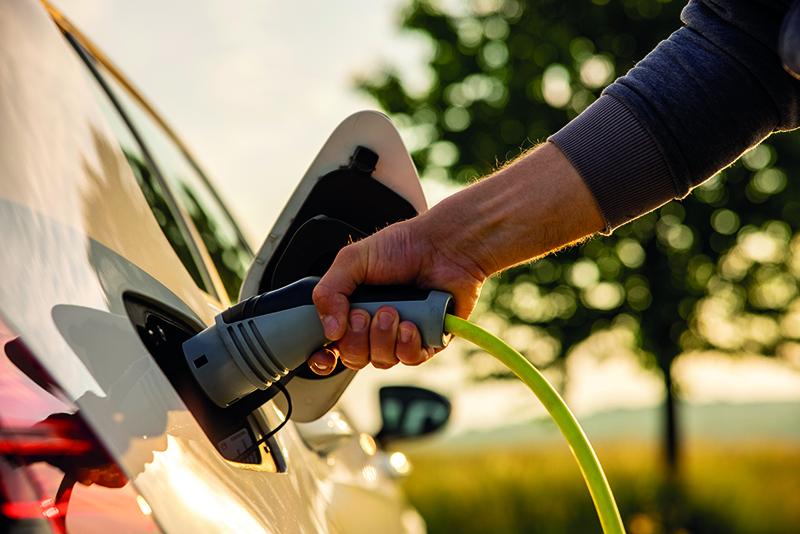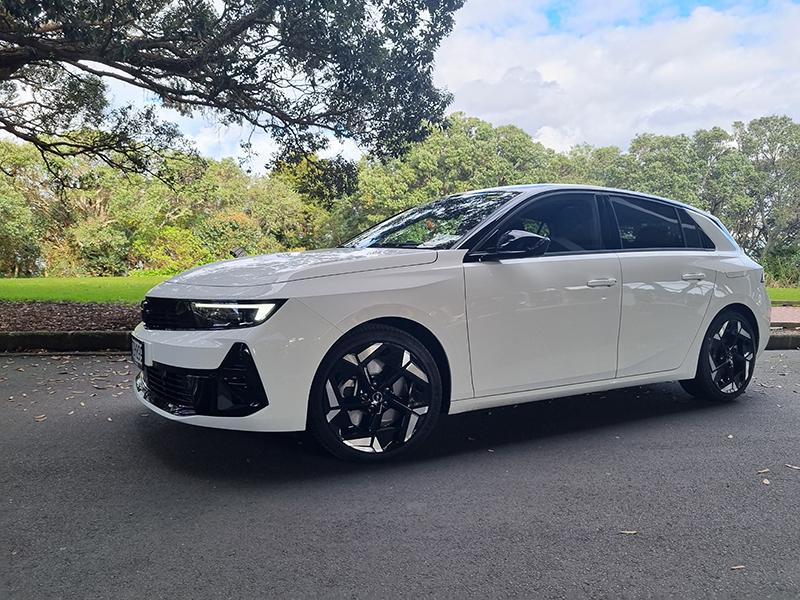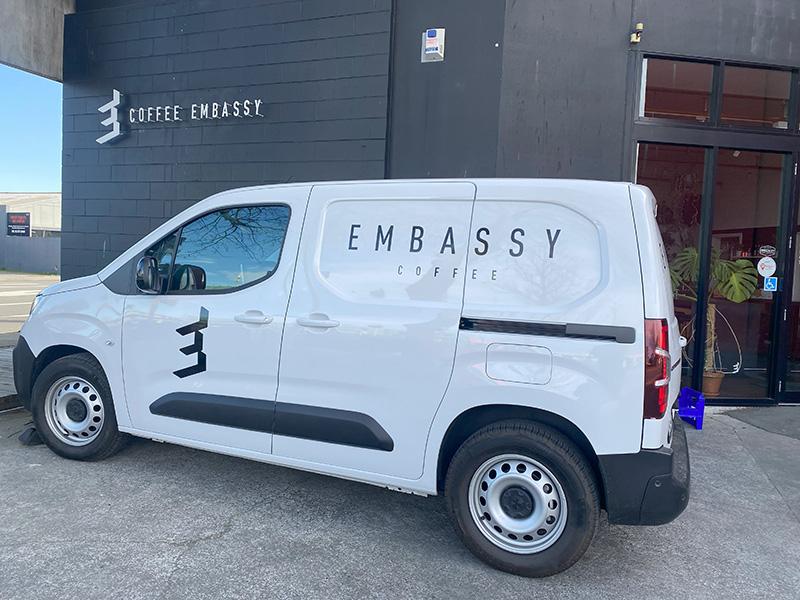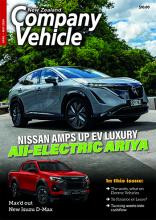The goal of emissions reduction is becoming an increasingly important task for every business. More sustainable operations are going to be a fact of life for every fleet, which means preparation for the transition and positioning your fleet to achieve that change with minimal disruption are today’s business priorities.
The time to start that planning is now
Switching to electric vehicles (EVs) is the most obvious way to reduce your fleet’s emissions, but there are some specialist vehicles that you may struggle to find a green alternative for.
There is also the cost of buying EVs to consider. They generally cost more than conventional petrol or diesel vehicles, so swapping an entire fleet may not be financially feasible.
This means most fleets must look to reduce the emissions of their current vehicles, alongside adopting EVs when it’s possible and where appropriate.
Measuring progress is key
If you have made the decision to reduce your fleet’s emissions, your stakeholders will expect to see a return for the investment made. And your customers will expect to see proof of your commitment.
With each of these audiences, there’s going to be a requirement to measure progress, and to do that you need to know where you are now.
Measuring your fleet’s carbon footprint sounds difficult. Fortunately, for Smartrak’s New Zealand customers there’s an Emissions Reporting Solution that does the job for you. It combines your fleet’s telematics data with the New Zealand Transport Authority’s emissions profiles for various types of vehicles.
One of the benefits of the Emissions Report is knowing which vehicles in your fleet are generating the most emissions. This means you can target these vehicles for early replacement with an EV.
Discourage unnecessary vehicle use
During the pandemic, many of us got used to meeting virtually. By encouraging your employees to continue doing this where possible you can cut down on unnecessary vehicle use.
You could send out a memo, or you can include it as a suggestion in your fleet’s vehicle booking form, so employees think critically as to whether that journey is really necessary.
Adding a requirement for cost centre codes on the booking form can also encourage department and team leaders to look at each journey as having both a cost and emissions consequence.
Think about shared transport
Efficiencies happen quickly when you bring all vehicles into a pool. A vehicle that was previously allocated to a single driver can now satisfy numerous journey requirements, with the result that underutilised vehicles can be retired.
If this results in reduced expenditure, you will be better placed to transition some of your petrol and diesel vehicles to greener alternatives.
Ensure your pooled fleet booking solution recommends ride-sharing when it recognises employees are travelling to the same destination at similar times.
Towards a more agile, leaner, greener fleet
Resist the temptation to hold onto vehicles ‘just in case’. Any car that’s adding to your vehicle count is costing money; if it’s a role that can be cost-effectively absorbed by a third-party like Uber, do it.
Third-party providers can also help meet peak demand periods, further reducing vehicle count.
Use the information collected by your telematics solution to gain insights into where time is being wasted and to plan tasks more efficiently. Trip reporting will help to pinpoint inefficient schedules and geofences can accurately identify how much time teams are on site, and whether their vehicles are being productively used.
A team that’s pushed to fulfil a heavy quota of jobs is also going to drive its vehicle harder, increasing fuel use and the production of emissions. This team is also more likely to be stuck in rush-hour at the end of the day, losing productive time due to traffic jams.
Remember, wasted time is almost always a generator of higher emissions.
Right-type your fleet
Does your fleet really need to have so many utes, or are they simply a vehicle favourite? Conduct an honest review of vehicle types and ask whether a more fuel-efficient vehicle could do the job of that large saloon or 4WD.
Your telematics solution can help here, comparing fuel usage across the fleet so you can target those vehicles that are a luxury in a fleet pursuing a low emissions footprint.
It could even be possible to include eBikes or scooters in your vehicle pool for short zero-emission journeys around town.
If it must be fossil-fuelled, keep it serviced
Keeping your petrol and diesel vehicles well maintained will maintain optimum fuel consumption rates and help keep emissions to a minimum.
If you have a large fleet with various time and milage milestones to keep track of in your service calendar, think about automating the process with a fleet management tool. It will ensure your fleet is running as cleanly as possible.
Think about drivers
With a telematics solution it’s easy to target unnecessary fuel use due to speeding, harsh driving, and excessive idling. Aside from helping to save the planet, you could end up saving lives too.
If your drivers aren’t sure if EVs can completely replace petrol or diesel vehicles, try plug-in hybrid electric vehicles (PHEV) as a first step.
But this is only a greener option if drivers remember to plug in rather than relying on the petrol engine.
As a rule-of-thumb, ensure that a PHEV is plugged in every night if you want it to operate as intended.
Adopting EVs
EV adoption has to be your ultimate goal and there are numerous examples that show adopting EVs into a fleet isn’t the challenge many assume it to be. This is because assumptions about the range capabilities required to carry out fleet operations are often exaggerated.
The average daily journey in New Zealand is just 29 kilometres and in Australia it’s only 36.4. These are easily within the range of an EV.
Review the data provided by your telematics solution to gain an accurate understanding of vehicle journeys. You can even overlay that information with a map of charging stations if vehicles are used for particularly long trips.
Once you investigate the possibilities, it quickly becomes apparent that a more sustainable fleet is also good for the balance sheet too.
In demanding times, this could be the win-win you are looking for.
By Matthew Perkins,
Marketing Manager
Smartrak – New Zealand’s leader in sustainability focused fleet management software.






